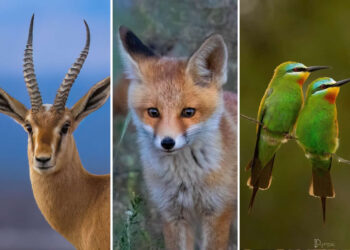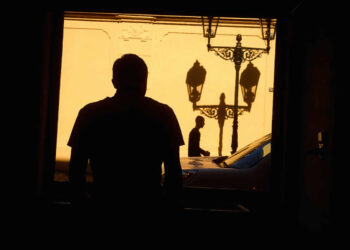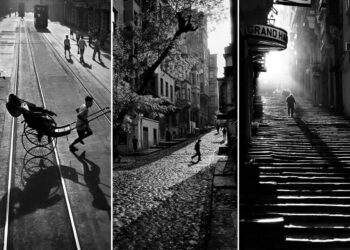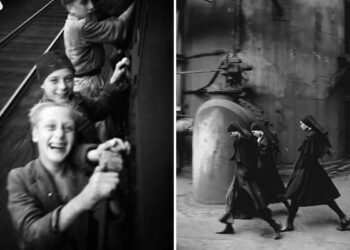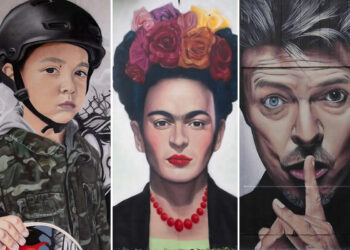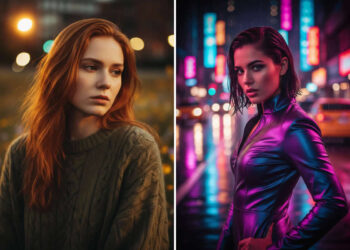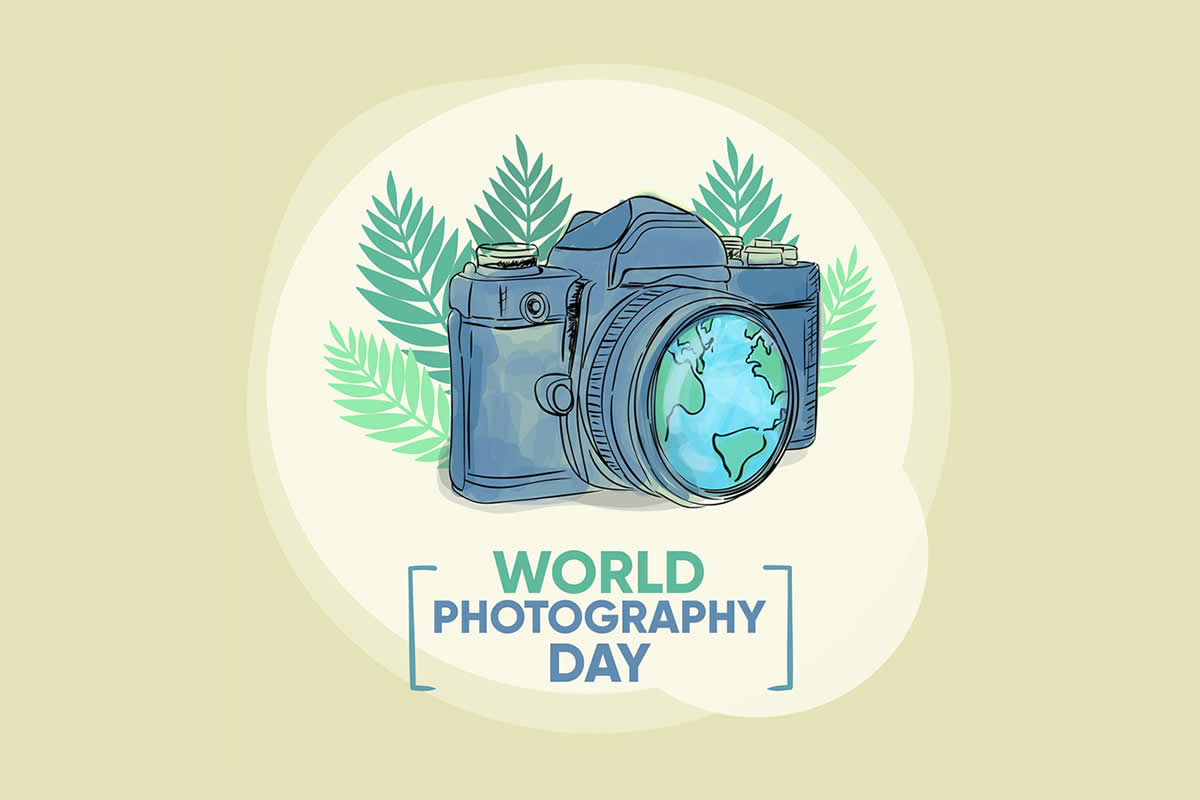Our brains are wired to recognize faces—it’s one of the most fundamental aspects of human perception. This instinct, known as pareidolia, often leads us to see expressions in the unlikeliest places: a smiling car grill, a surprised tree knot, or even a frowning slice of toast. What might first appear as an ordinary object suddenly transforms into something animated, expressive, and oddly humanlike. These hidden faces remind us that the world around us is not just static—it’s alive with personality, humor, and imagination.
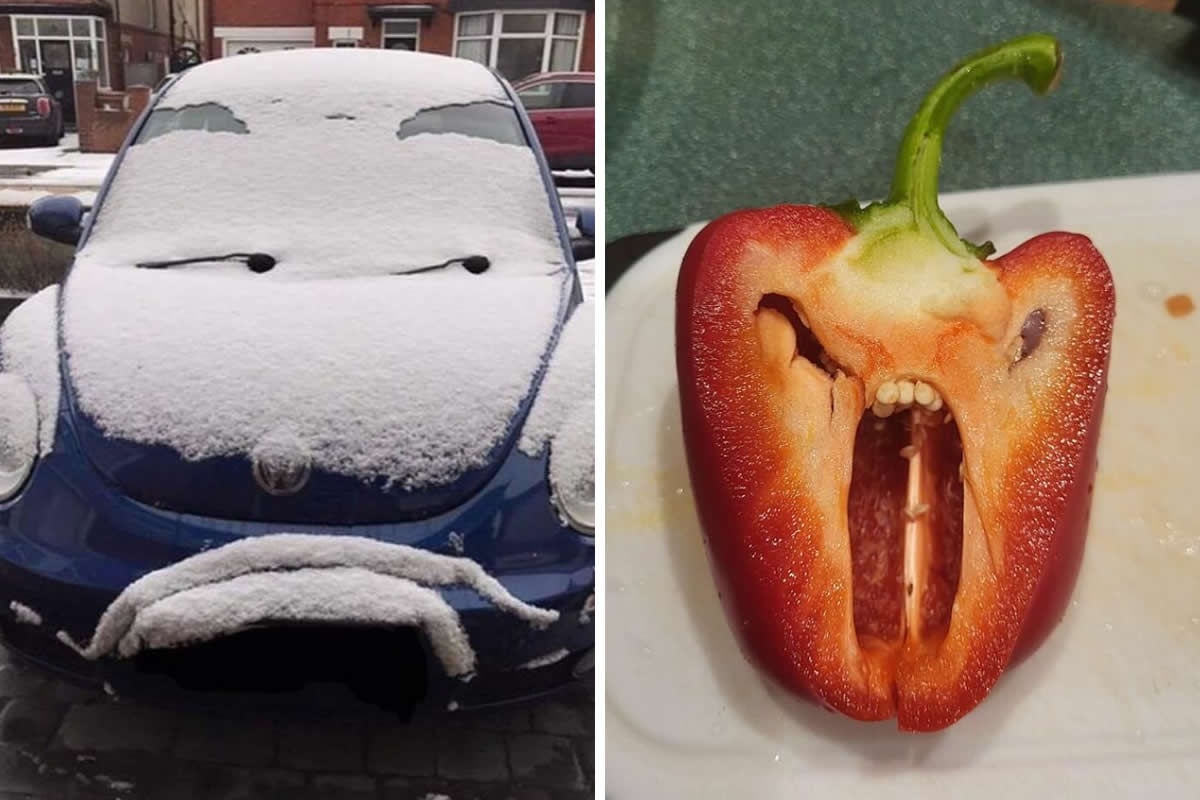
Discovering pareidolia moments in everyday life is not only fascinating but also comforting. It reveals our natural tendency to seek connection and meaning, even in the inanimate. Whether it’s a doorknob that seems to grin or clouds that gaze back at you, these instances spark joy and curiosity. They bridge the gap between reality and imagination, turning mundane encounters into delightful surprises.
In this collection, we explore 30 hidden faces discovered in everyday objects that will undoubtedly make you look twice. Each face tells its own little story—some are playful, others mysterious, and a few downright hilarious. As you scroll through, you may begin to notice that your own surroundings are filled with unrecognized expressions, waiting for you to discover them. The beauty of pareidolia lies not just in what we see, but in how it makes us feel: amused, intrigued, and more connected to the world around us.
Scroll down and enjoy yourself. All photos are linked and lead to the sources from which they were taken. Please feel free to explore further works of these photographers on their collections or their personal sites.
#1
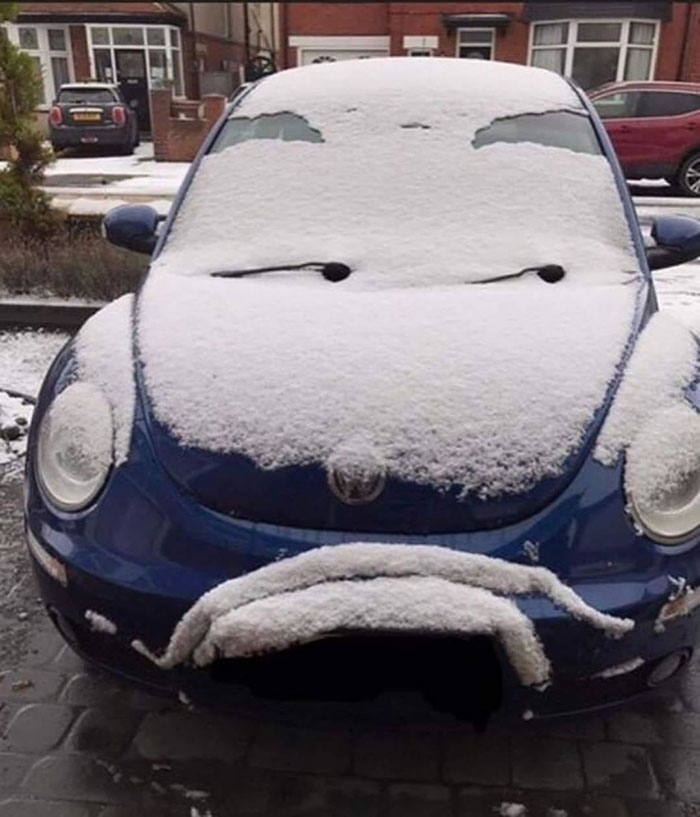
Image source: Tina Mobley Davis
#2
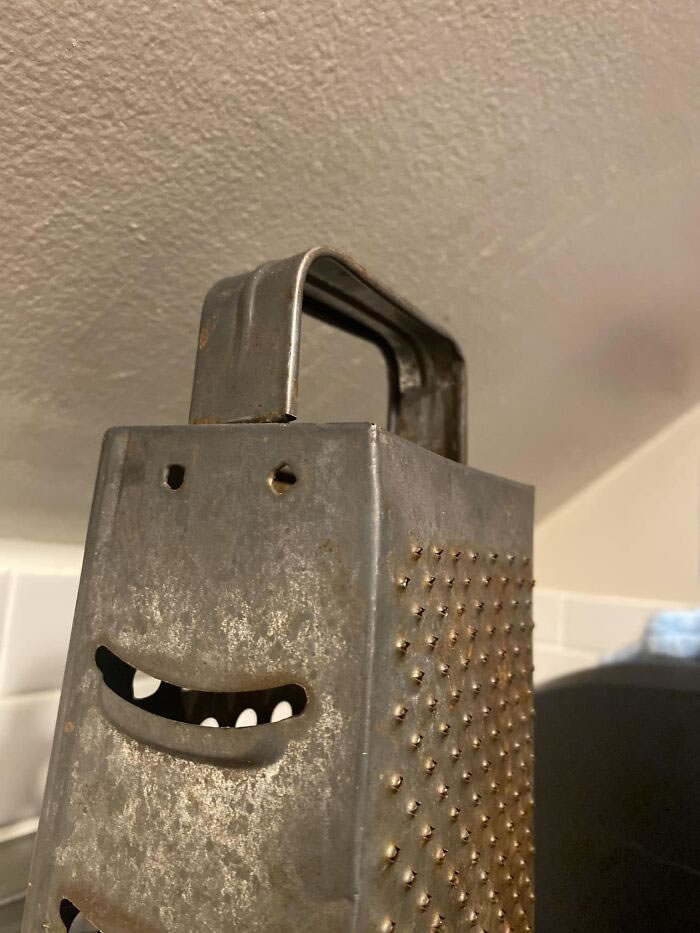
Image source: Alex Lee
#3
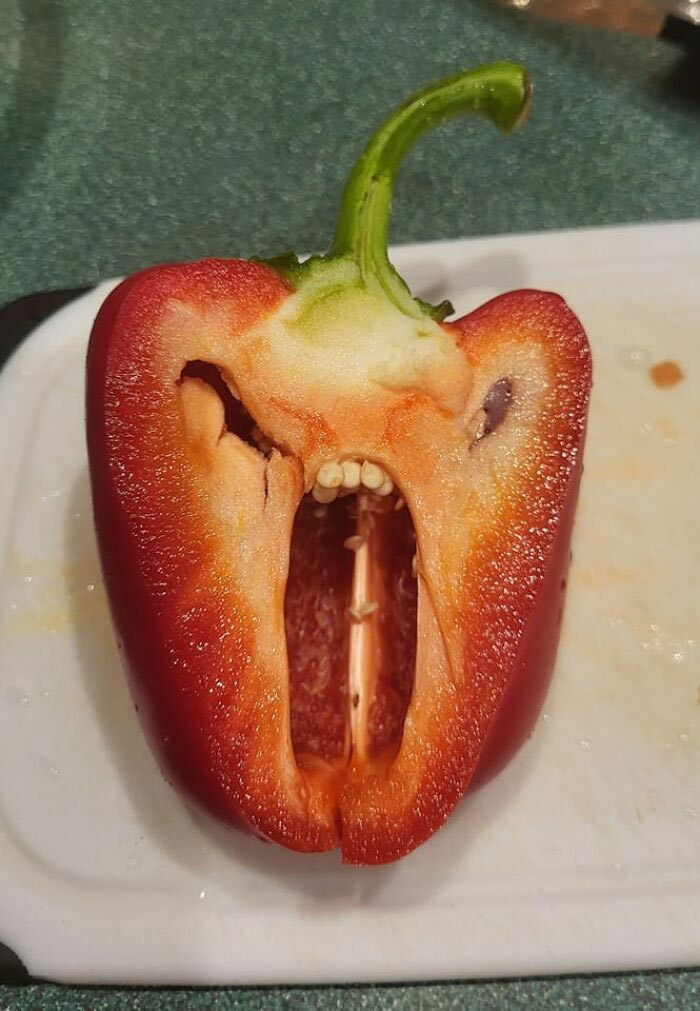
Image source: Mia Lynn
#4
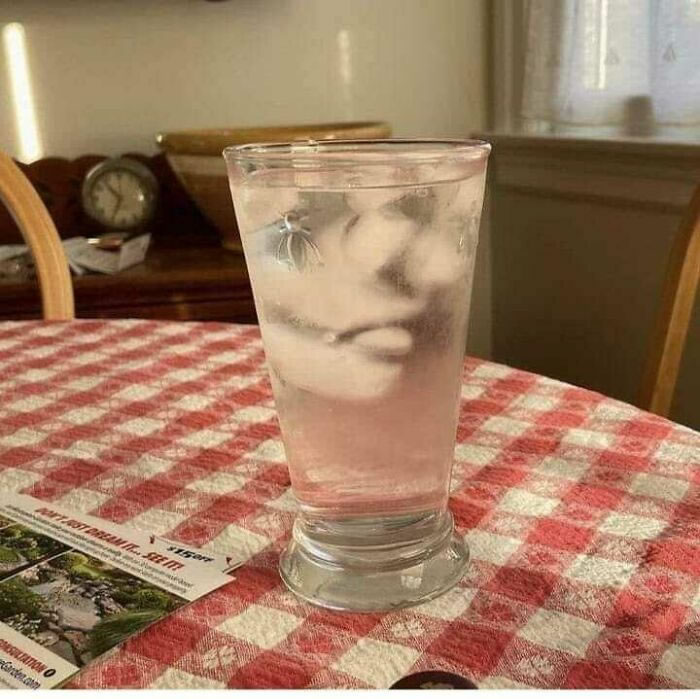
Image source: Mike Girsback
#5

Image source: Zachary Lee
The Science Behind Seeing Faces Everywhere
Pareidolia is not just a quirky phenomenon—it’s rooted in evolution. Our ancestors relied heavily on quickly identifying faces to recognize friends, foes, or predators. Over time, the human brain developed a specialized area—the fusiform face area—dedicated to face recognition. This efficiency sometimes comes at the cost of over-perception, leading us to detect faces even when none exist.
Seeing a “happy toaster” or “angry lamp” is simply our survival instincts at play in a harmless way. Neuroscientists believe pareidolia is also tied to creativity, as it allows us to imagine and reinterpret the world beyond its literal form. So, when you laugh at a coffee mug that looks surprised, you’re engaging in a deeply human act: connecting instinct, imagination, and emotion.
#6

Image source: Dan Kuwertz
#7
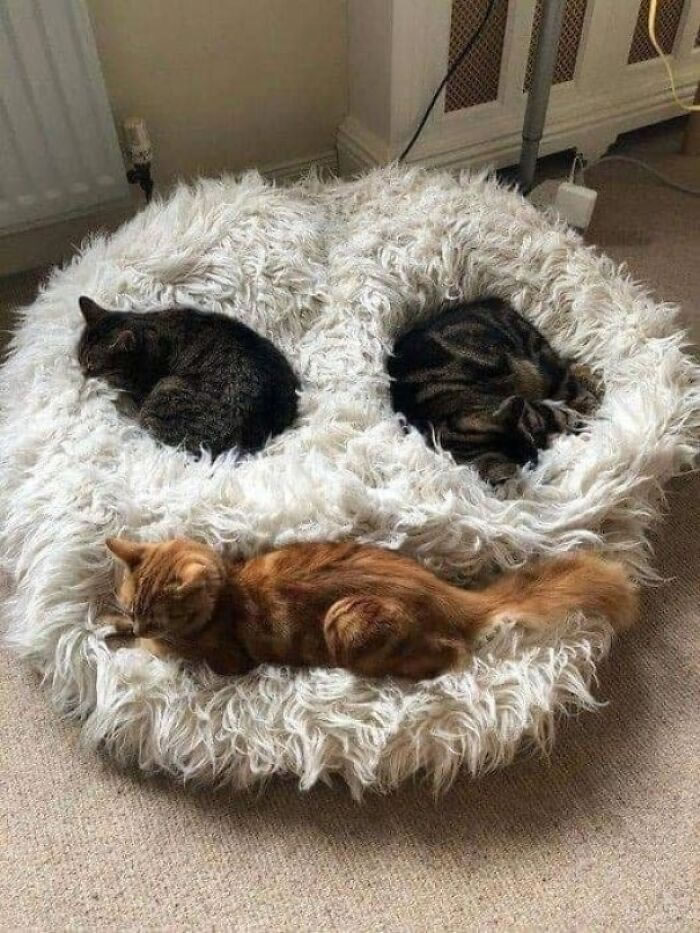
Image source: Bear Bimonte
#8
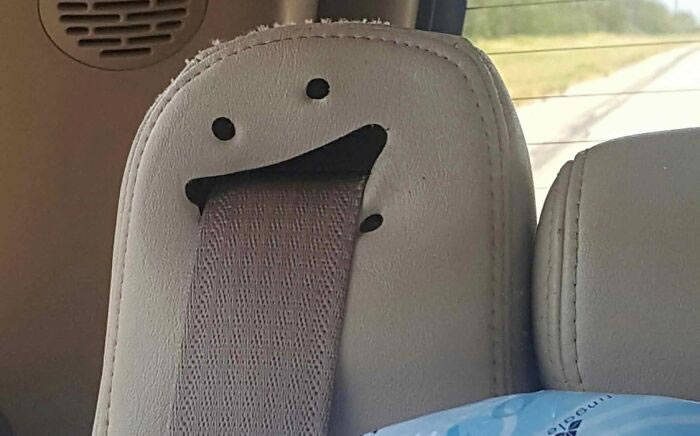
Image source: Hannah Houlton
#9
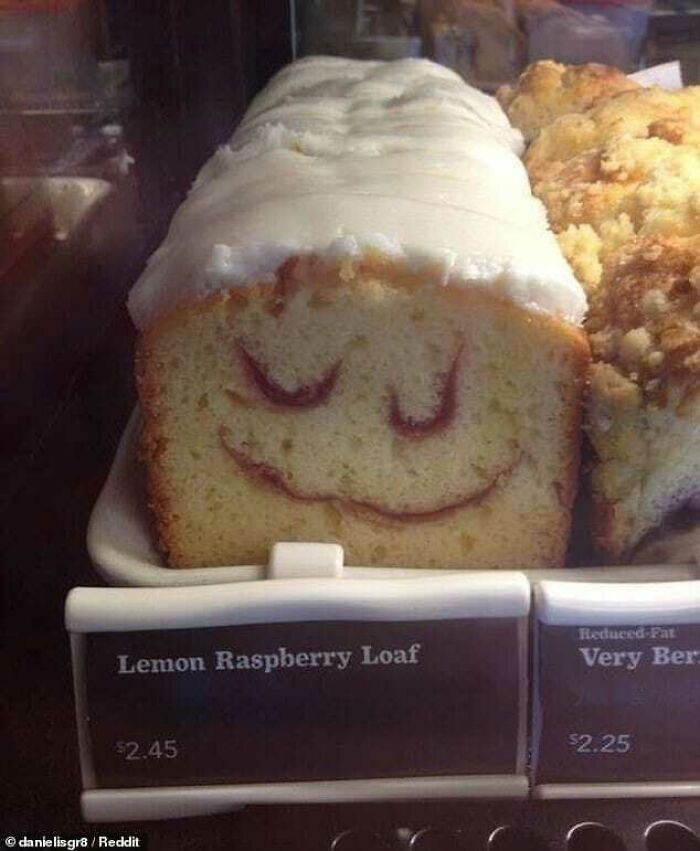
Image source: Saifuu
#10
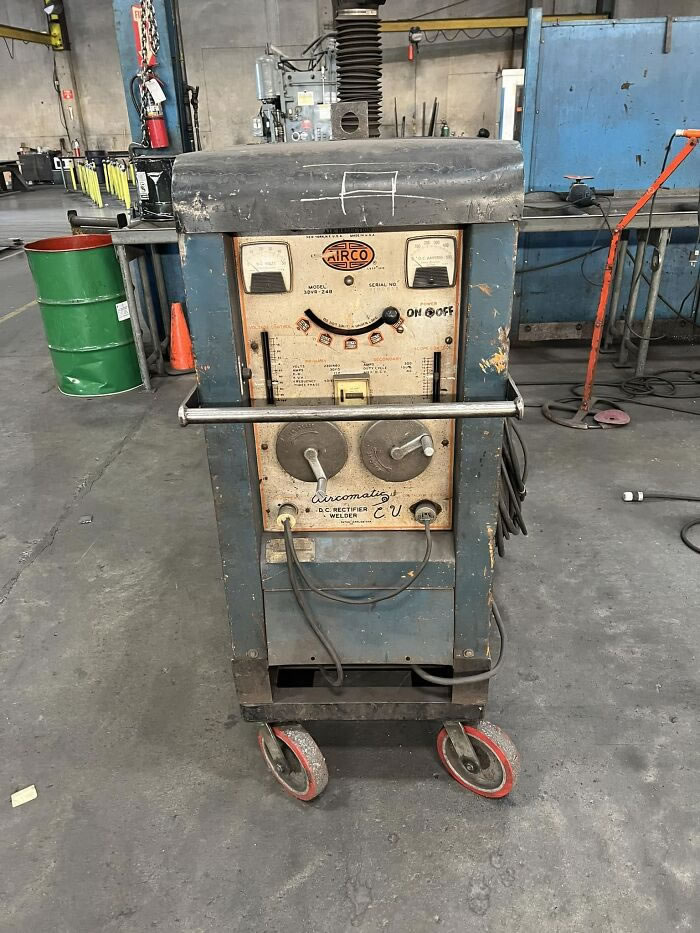
Image source: Frank Richardson
Everyday Objects With Surprising Expressions
The beauty of pareidolia lies in its unpredictability. You might walk past the same mailbox every day without noticing its “cheerful” grin until one moment it suddenly stands out. Kitchen appliances, cars, buildings, or even discarded shoes often seem to mirror our emotions back at us. A crumpled bag might look frustrated, while a pair of sockets resemble wide-eyed wonder.
These discoveries make routine environments feel fresh, inviting us to pause and observe more closely. Everyday objects become unintentional storytellers, reflecting moods we can instantly relate to. When seen through this playful lens, the ordinary transforms into extraordinary. It’s as if the world is winking at us, reminding us that humor and imagination can be found in the most mundane places if we’re open to noticing them.
#11

Image source: Dominique Collins
#12

Image source: Mariangely Santiago
#13
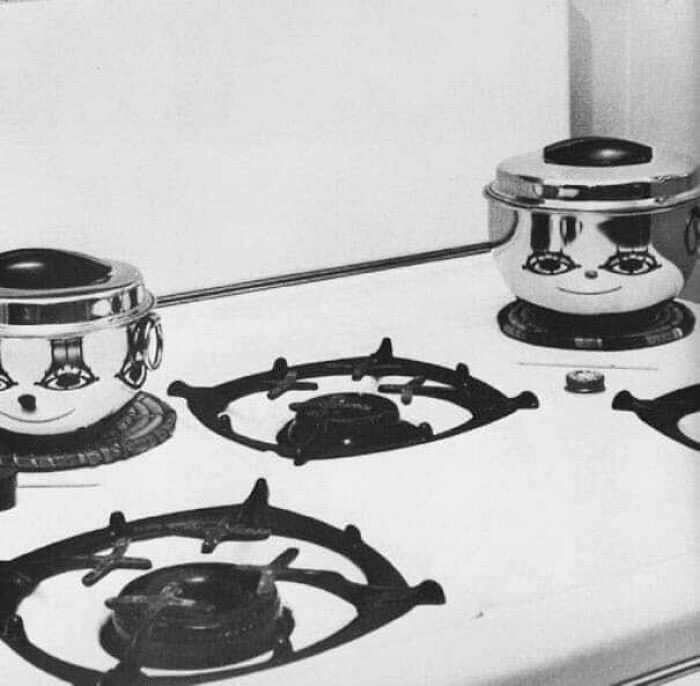
Image source: Nathalie Brahim
#14

Image source: Aisha Jayne Negrosa
#15
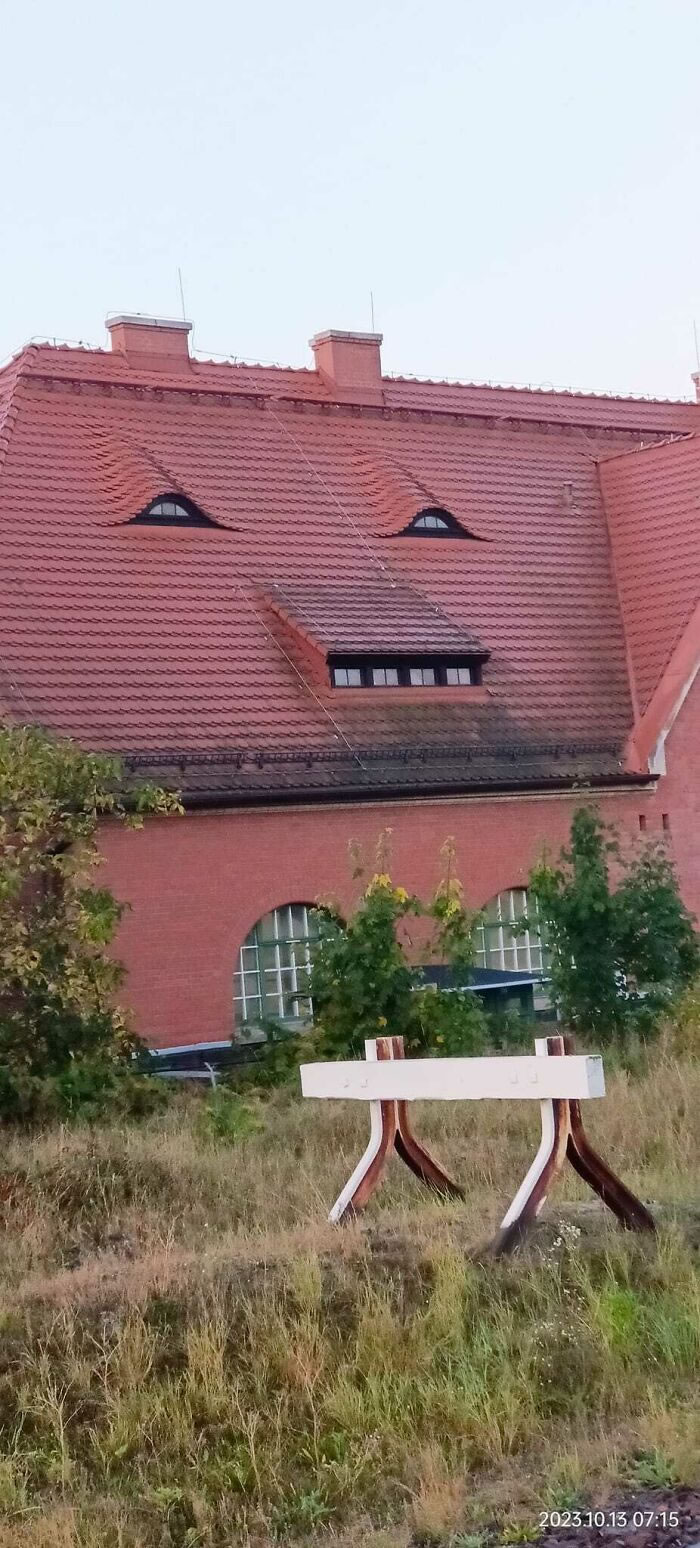
Image source: Сергей Цибизов
Faces in Nature: Trees, Rocks, and Clouds
Nature is one of the richest sources of pareidolia. Tree trunks often display knots that resemble watchful eyes, while oddly shaped rocks take on faces of mythical beings. Clouds drifting across the sky may form expressive profiles, turning a simple glance upward into an entertaining experience. These natural “faces” often feel more mysterious than man-made ones, as they have formed organically over centuries.
They remind us of myths and folklore where people once believed spirits inhabited natural forms. Pareidolia in nature invites us to reimagine the environment as animated and alive, blurring the line between fantasy and reality. Whether you see a dragon in the clouds or a sleepy old man in the bark of a tree, these moments awaken a sense of wonder and connection to the natural world.
#16

Image source: Cristian Hannoush
#17
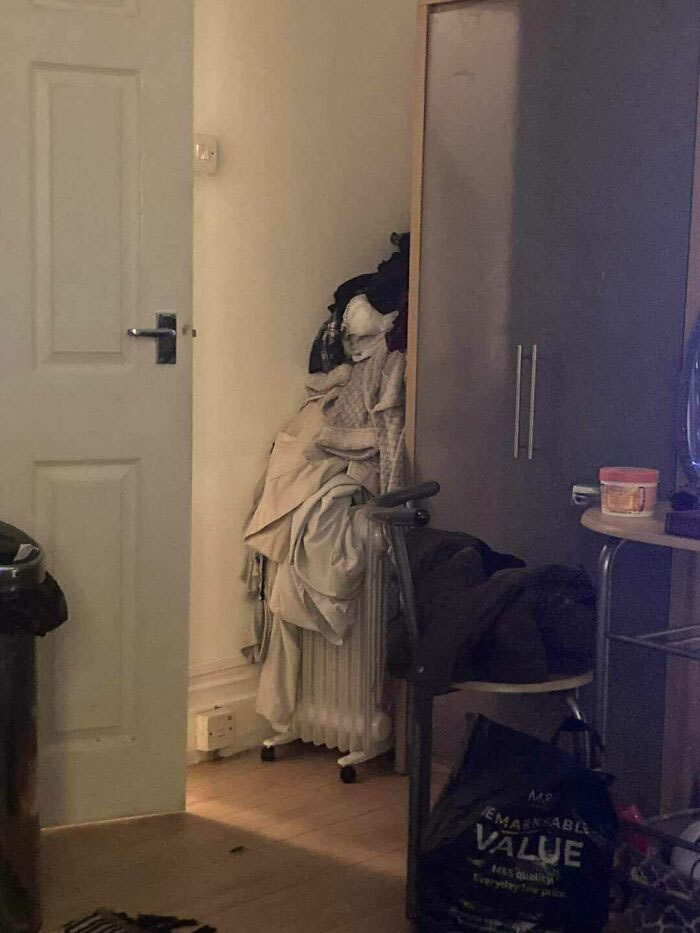
Image source: Brad Campbell
#18
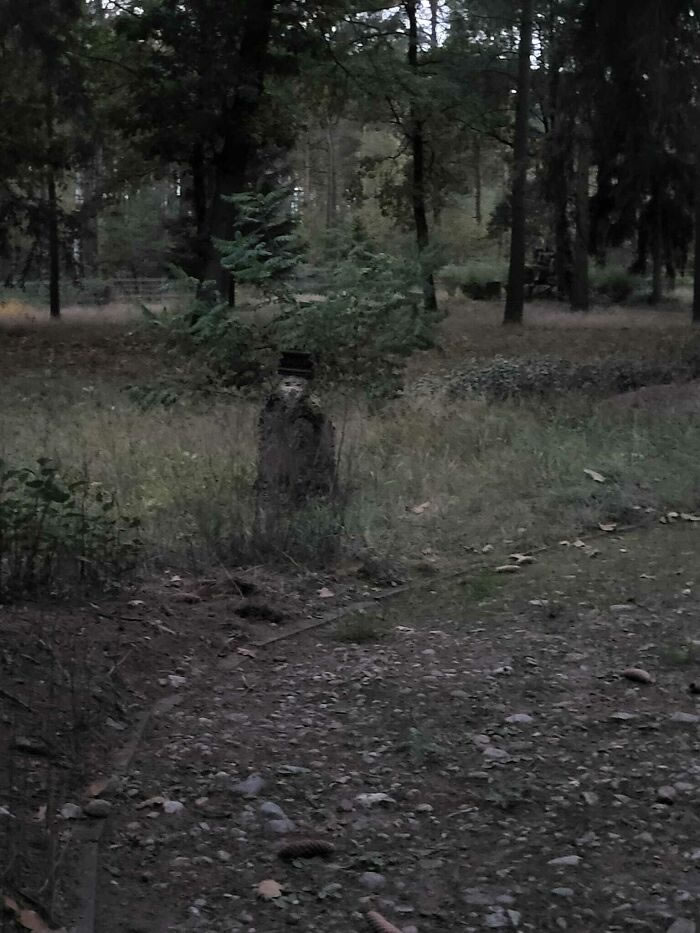
Image source: Aurelia Aurelia
#19
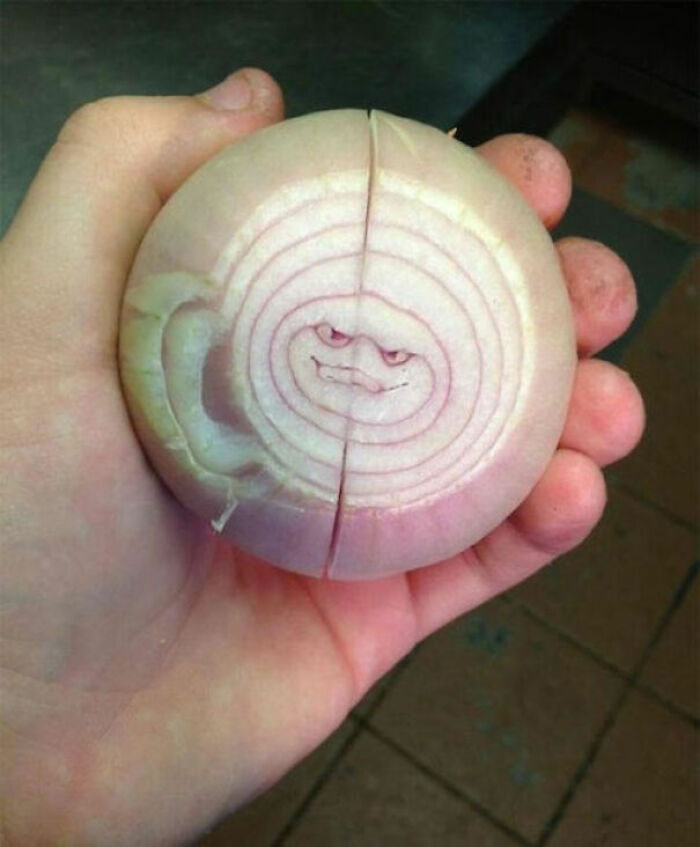
Image source: Mia Lynn
#20

Image source: Ginny Ann
The Humor and Whimsy of Pareidolia
One of the reasons pareidolia is so delightful is its ability to make us laugh. An outlet that looks shocked or a sink tap that seems to yawn can instantly lighten the mood. These moments reveal the playful side of human perception, where imagination turns ordinary encounters into jokes we share with others. Social media has amplified this humor, with countless people posting funny “faces” they’ve discovered in random places.
Laughter becomes a shared experience, uniting people across cultures through the simple joy of seeing a grinning loaf of bread. In a world that often feels overwhelming, pareidolia reminds us that even the smallest details can spark happiness and creativity. It’s proof that humor is hidden in plain sight—if only we take the time to notice it.
#21

Image source: Christine Laraway
#22
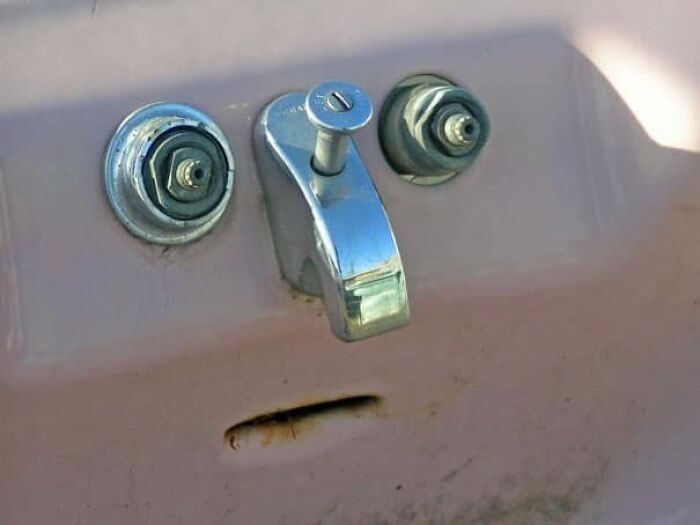
Image source: Naomi Smith
#23

Image source: Lisa Kokü
#24

Image source: Angelica Rivera
#25
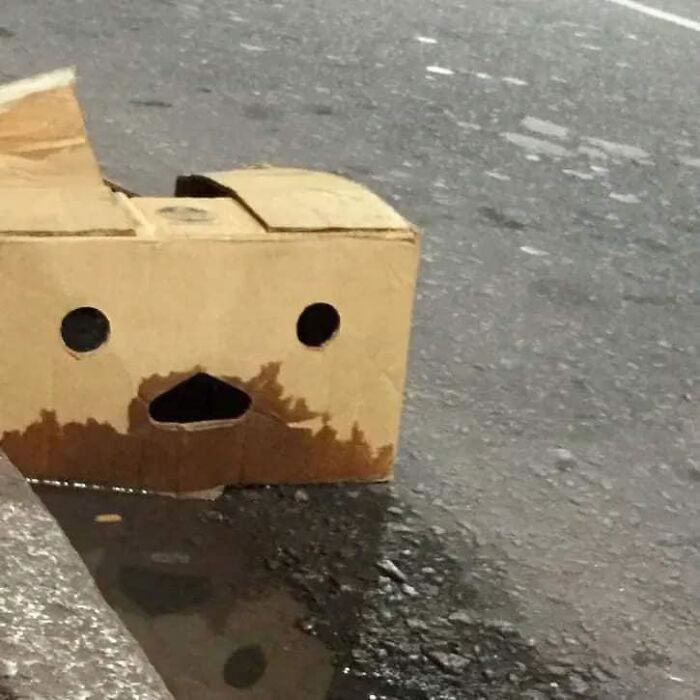
Image source: Priscilla Marsh
Why Hidden Faces Inspire Creativity
Beyond humor, hidden faces in objects can also inspire deeper creativity. Artists, photographers, and designers often draw on pareidolia for fresh perspectives. A cracked wall may inspire a surreal painting, or a rusted piece of metal might spark the design of a character. By reinterpreting the ordinary as expressive and alive, we train our minds to think outside the box.
This practice nurtures both observation skills and imagination, essential tools for any creative pursuit. Hidden faces are not just amusing illusions; they are gateways to re-envisioning our relationship with the world. They invite us to stay curious, playful, and open to inspiration at every corner. Ultimately, pareidolia encourages us to embrace the hidden stories that objects whisper—stories that transform our perception from passive viewing into active discovery.
#26

Image source: Arnav Kumar
#27
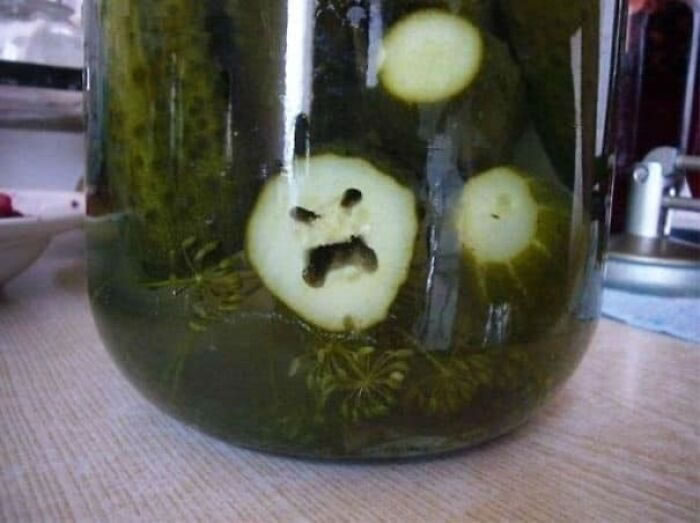
Image source: Zachary Lee
#28
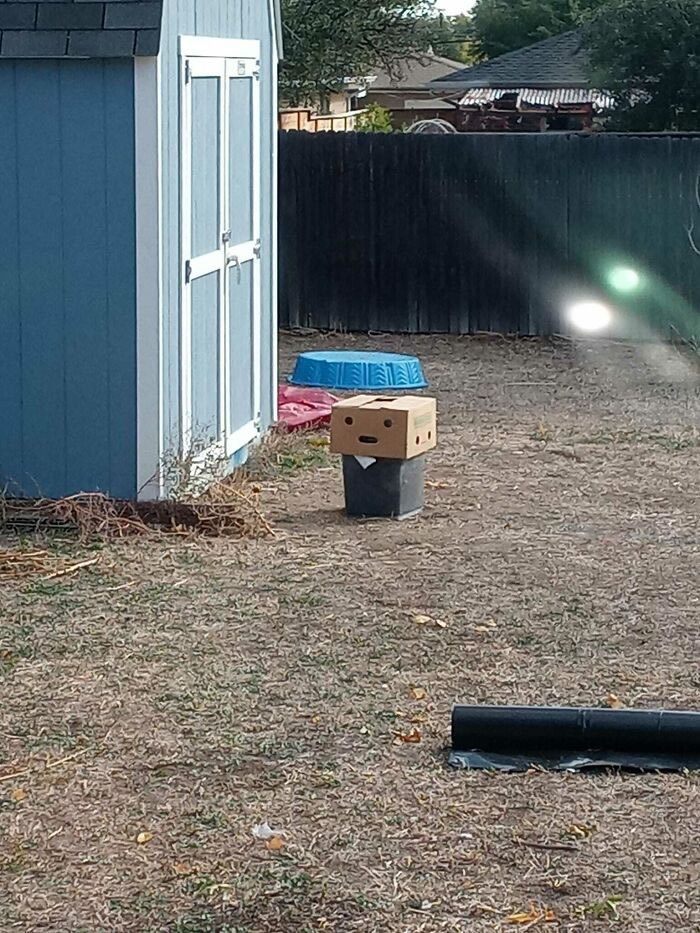
Image source: facebook.com
#29
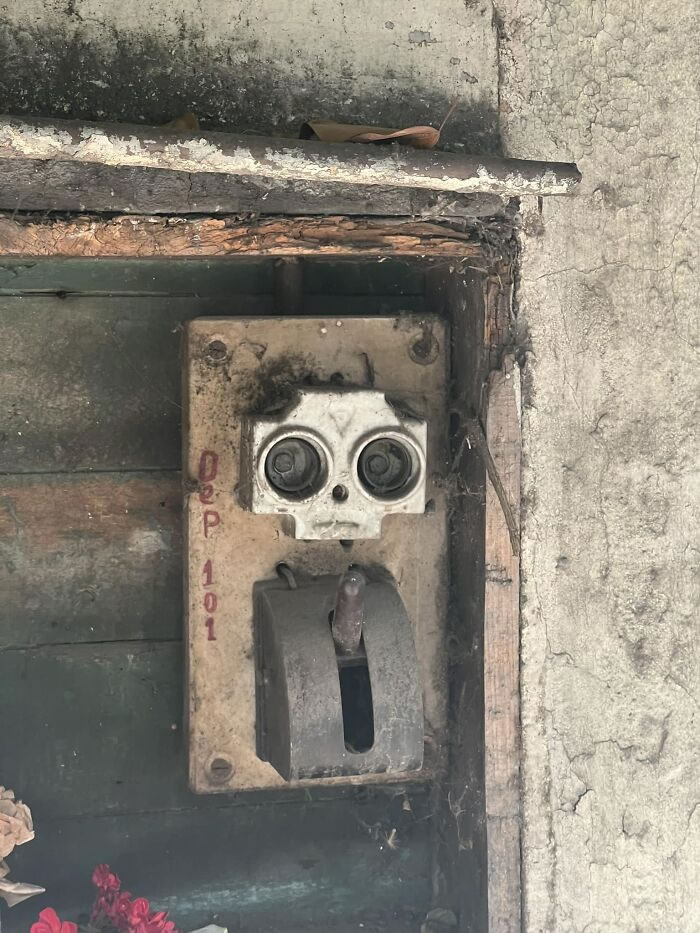
Image source: Santiago Fernández
#30


